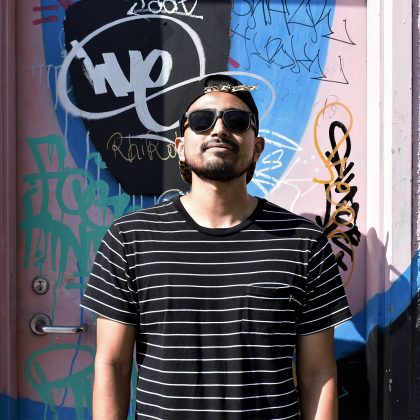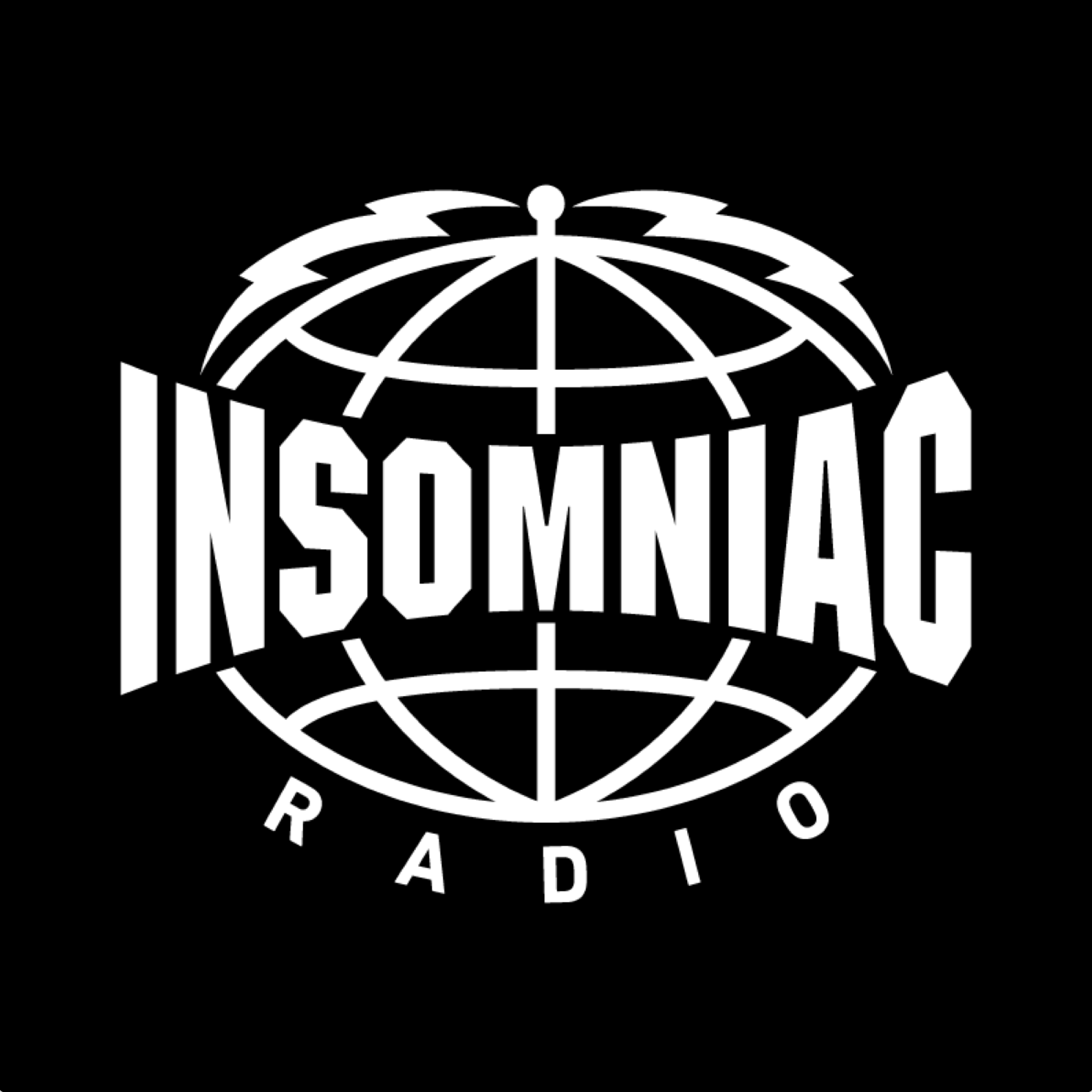Alan Prosser “And Then There Was One”
It’s tough enough as it is for producers to make that initial splash in today’s oversaturated scene. So for someone like Alan Prosser, who has kept his head above water for two decades and counting (which equates to 3.27 lifetimes in DJ years), a bow of respect is definitely in order. With releases on labels including Global Underground, Ministry of Sound and Southern Lights Recordings, the stalwart can now add to that list an appearance on the erupting imprint that is 69 Street Records. His original lies somewhere between touch-and-go techno and space-age progressive, as “And Then There Was One” bursts with twangy textures that fly every which way. It keeps the listeners on the balls of their feet, and in perfect position to pounce along with its pumping rhythm.
Available September 5 via 69 Street Records.
Did you discuss or exchange ideas with other producers while creating this track?
No, I usually work alone on my solo tracks. I do have some partnerships where I write with other artists: I have another artist name called Chiller, which is where I cowrite with Jamie McHugh from Underwater Records, and I also write with Gee Moore on our project for Bora Bora, under the name GAMP.
Were you impulsive on this track, or did you have a sketch in mind before you started?
Yeah, I usually have some sort of idea before I start, but it wasn’t until 69 Street Records approached me and asked if I would do a release for them that I started work on this project. I already had the vocal stab, so I built the percussion around that on a 32-bar loop, sitting the vocal into the groove. Then I added the bassline in and worked on the arrangement, adding the synth parts while I’m going and any additional percussion and FX that I need to build the track up.
Do you think advances in computer technology and gear have affected your creativity?
Yes, for sure. When I started producing, you only had MIDI to work with—no audio at all. So, if you didn’t have the hardware synth that had the sound you wanted, you had to use samples, which all had to be edited on a small screen on the sampler and timed up perfectly. Pitch/time stretch was a long, drawn-out operation, so you tried not to use it. This was obviously what everyone had to do, so your workflow would be slow. It took much longer to write a track in those days. These days, with the introduction of audio soft synths and better DAWs, you can make the track much quicker, but I do tend to spend the same amount of time on tracks as I did in the old days, which could be anything from three days to several weeks, sometimes.
Describe the best setting/activity to hear this track.
I guess it would be in a low-ceilinged and very dark club in the early hours of the morning on a very loud, bass-heavy sound system.
What’s the takeaway here? Is there a message or vibe you hope to get across to listeners?
I just try to keep all of my tracks on the same vibe. I’ve never been the person to make music for a certain scene; it’s just what comes out naturally when I make tracks. I guess they are written for me, primarily. This is the sound that I love: deep and slow, proper club records. I think it’s better when you see a new track come out by an artist and instantly know what kind of vibe it’s going to be. You definitely have to have some sort of continuity in your music, and if the people like the sound and get what my music is saying, then that’s great.
Follow Alan Prosser on Facebook | Twitter | SoundCloud
Follow 69 Street Records on Facebook | SoundCloud





